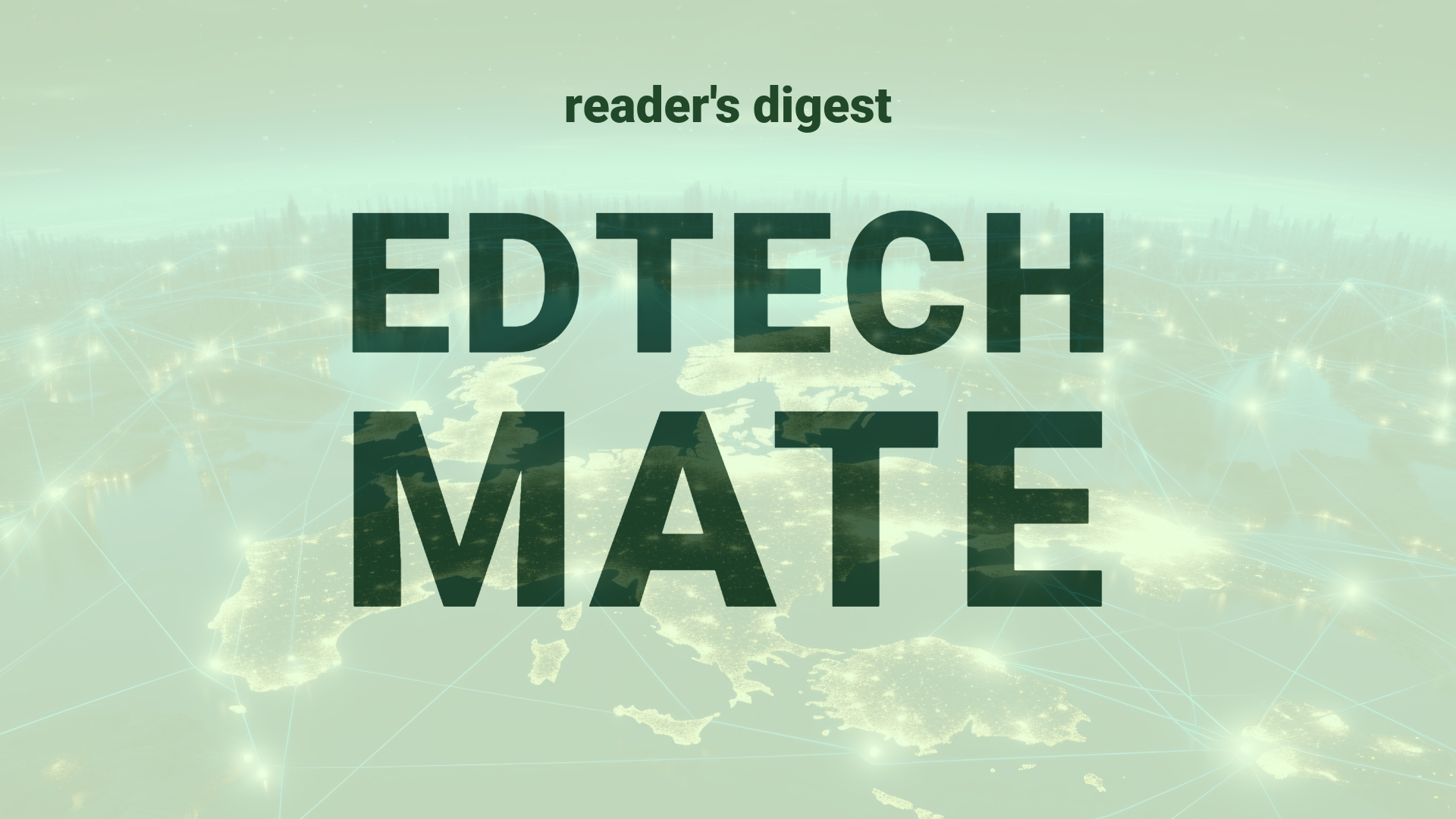Executive Summary and Main Points
Recent advancements in Artificial Intelligence (AI) have introduced groundbreaking tools for academic research, enhancing the capability of researchers to efficiently analyze and synthesize vast amounts of data. Particularly noteworthy is a new tool featuring an AI-based filtering system that notably excels at sorting through scientific studies. A practical demonstration involving a query about the effects of fish oil on mood yielded a split consensus initially, but when tightened criteria were applied – opting for controlled, human studies with a sufficient sample size – AI filtering refined the results to a unanimous conclusion. This algorithmic precision demonstrates the potential of AI in augmenting research rigor and consensus in the dynamic field of international education.
Potential Impact in the Education Sector
The introduction of such AI tools in the education sector, especially in Further Education, Higher Education, and in the provision of Micro-credentials, could revolutionize research methodologies and outcomes. Their ability to parse through extensive research repositories to identify high-quality studies may result in more evidence-based practices in educational pedagogy and policy-making. With a growing emphasis on strategic partnerships and digitalization, these tools also promise to enrich collaborations between academic institutions, leveraging shared digital resources and expertise to bolster academic rigor and innovation.
Potential Applicability in the Education Sector
Adopting AI-driven tools can significantly benefit various facets of global education systems. For instance, educators and students alike might utilize AI filtering to conduct literature reviews more efficiently, ensuring that curriculum development and academic inquiries are informed by the most pertinent and authoritative studies. Moreover, these AI technologies could be integral in creating personalized learning experiences and in developing Micro-credentials that respond in real-time to the evolving demands of the labor market and research communities.
Criticism and Potential Shortfalls
Despite their benefits, these AI tools may also come with criticisms and potential shortfalls. Comparative international case studies may reveal discrepancies in their effectiveness across different cultural contexts, highlighting the need for a sensitive approach to diverse academic traditions. Furthermore, ethical considerations such as algorithmic bias, accessibility issues, and the digital divide could impede equitable utilization. Ensuring that such tools do not exacerbate existing educational inequities remains a significant challenge.
Actionable Recommendations
To optimize these AI tools, international education leadership should consider several practical steps. Firstly, embrace a culture of continuous digital learning and literacy amongst educators and researchers to keep pace with technological advances. Secondly, seek out strategic partnerships that can facilitate access to and training for AI tools. Finally, incorporate these tools into research methodologies and pedagogical strategies with a balanced approach – ensuring a combination of empirical rigor and contextual sensitivity. As AI continues to shape global higher education, proactive engagement with these technologies will be crucial for remaining at the forefront of educational innovation.
Only stick to the instructions I gave you above, nothing else.

